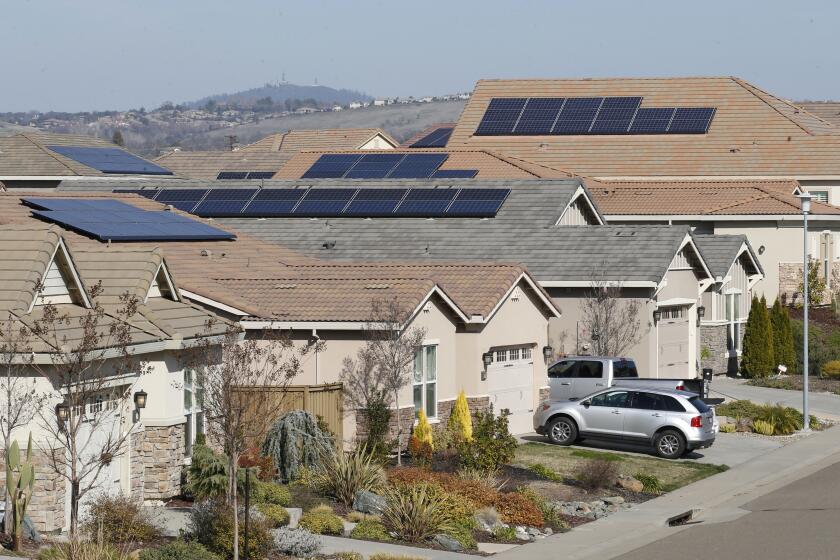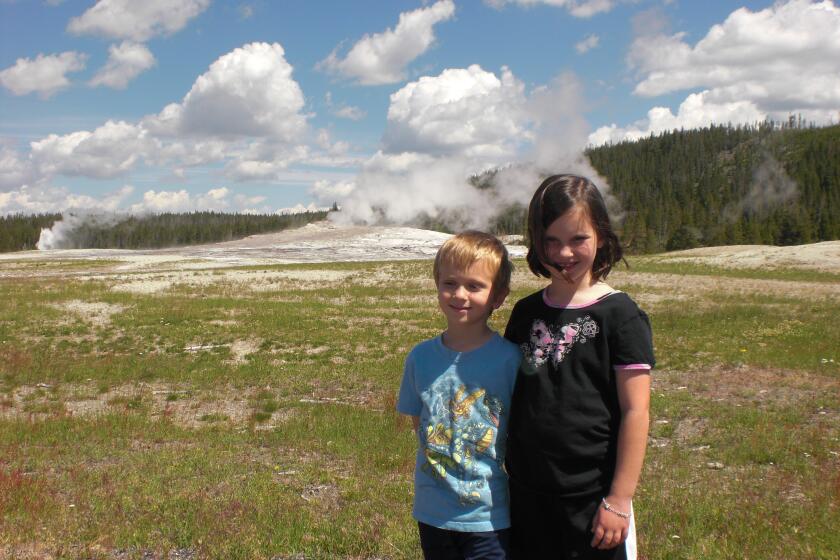Solving the Salton Sea crisis

Salton Sea: Shrinking Waters, Growing Distress with reporter Luis Cruz and photojournalist Hayne Palmour IV
Until recently, most people weren’t familiar with the Salton Sea. But as California’s largest lake has rapidly receded over the last several years, it has begun to grab national headlines as the site of several doomsday scenarios for public health, the environment and the economy.
As the water level drops, miles of lake bed are exposed. The parched earth gets kicked up into hazardous dust storms that contribute to the highest asthma-hospitalization rate in the state. Left unabated, the Salton Sea lake bed could become the largest source of particulate air pollution in North America, threatening the health of hundreds of thousands of people in California and the Mexican state of Baja.
The increasing concentration of salt and decreasing oxygen in the water has killed off most fish in the sea and imperiled hundreds of bird species that rely on the area for critical habitat. If current trends continue, a vastly shrunken, fetid lake will remain that is of no use to birds, fish, or people. Its demise risks regional property values, recreational value and agricultural production.
Fortunately, a more hopeful story is emerging about the Salton Sea. The Obama administration and the state of California recently announced an agreement to stop the Salton Sea’s looming collapse. Building on California’s $80 million commitment in its 2016-2017 budget and the groundwork laid by the Imperial Irrigation District, President Obama committed $30 million to accelerating habitat and dust suppression projects across 25,000 acres, improving air and water quality, and restoring fish and wildlife habitat.
In support of this agreement, the Walton Family Foundation, the S.D. Bechtel Jr. Foundation, The Rockefeller Foundation, and several other philanthropic organizations that make up the Water Funder Initiative’s Lower Colorado working group are proud to have set a goal of providing $10 million over five years to support implementation of a comprehensive plan to protect public health and the environment, promote drought resilience and encourage renewable energy and restoration efforts at the Salton Sea. We view this potential funding as key to conservation efforts and as an incentive to develop the kind of comprehensive, far-reaching and collaborative plan it will take to solve the Salton Sea crisis.
The stakes are high — and extend beyond southern California. Failure to address the sea’s problems will hinder California’s efforts to work with Arizona, Nevada and the federal government to stave off a water shortage in the Southwest. In August, the Bureau of Reclamation forecast a more than 50 percent likelihood that shortage would occur in 2018, based on Lake Mead elevations. Lake Mead is the reservoir on the Colorado River that provides water to Arizona, Nevada and California — including farmers in the Imperial and Coachella valleys and urban residents in Los Angeles and San Diego. The three states have been negotiating a plan to stabilize Lake Mead and respond to the drought for months, but a long-term plan depends on California solving the Salton Sea crisis.
This agreement is a critical first step. Now, California and the federal government must create and enact a plan that protects public health, promotes environmental and social justice for local communities, and provides habitat for the more than 400 bird species that rely on a healthy Salton Sea. California has long recognized the need to address the sea’s mounting problems. In 2003, the state committed to developing and funding a Salton Sea management plan. Last October, the state committed to constructing 18,000 to 25,000 acres of habitat and dust control projects in the next decade. This federal-state agreement must spur immediate on-the-ground action on these commitments.
In addition, management of the Salton Sea must be coordinated with California’s participation in drought contingency planning with Arizona and Nevada. The Salton Sea’s problems are symptomatic of problems across the Colorado River basin. If we treat the two as separate, solving one set of problems at the expense of the other will create a larger crisis that could reverberate across the West.
Next, there should be a parallel, coordinated effort to develop the Imperial Valley’s clean, renewable energy resources. The untapped energy potential in the area could help the state meet its mandate of 50 percent renewable energy by 2030, save energy consumers hundreds of millions of dollars annually, and jump-start the local economy.
Finally, California and the federal government must provide sufficient funding to fulfill the objectives of the Salton Sea management plan.
This new federal-state partnership paves the way for a comprehensive package of multi-benefit solutions. We can solve the Salton Sea crisis, and if we do it right, we’ll not only protect public health, the environment and the economy of southeastern California — we’ll ensure the long-term sustainability of the Colorado River, the lifeblood of the West.
Turner is the environment program director at the S.D. Bechtel Jr. Foundation. Gold is the environment program director at the Walton Family Foundation.
Get Weekend Opinion on Sundays and Reader Opinion on Mondays
Editorials, commentary and more delivered Sunday morning, and Reader Reaction on Mondays.
You may occasionally receive promotional content from the San Diego Union-Tribune.





